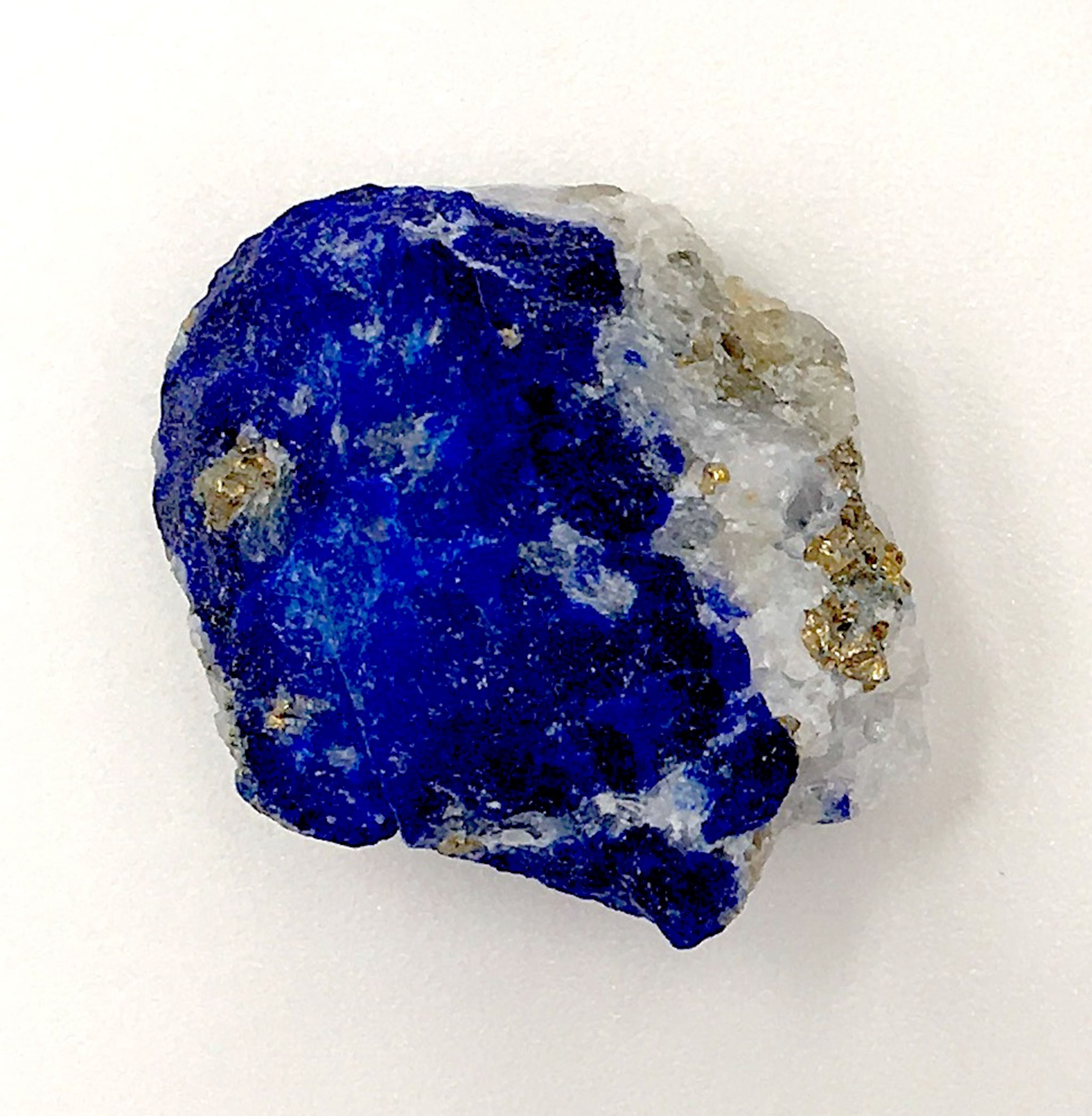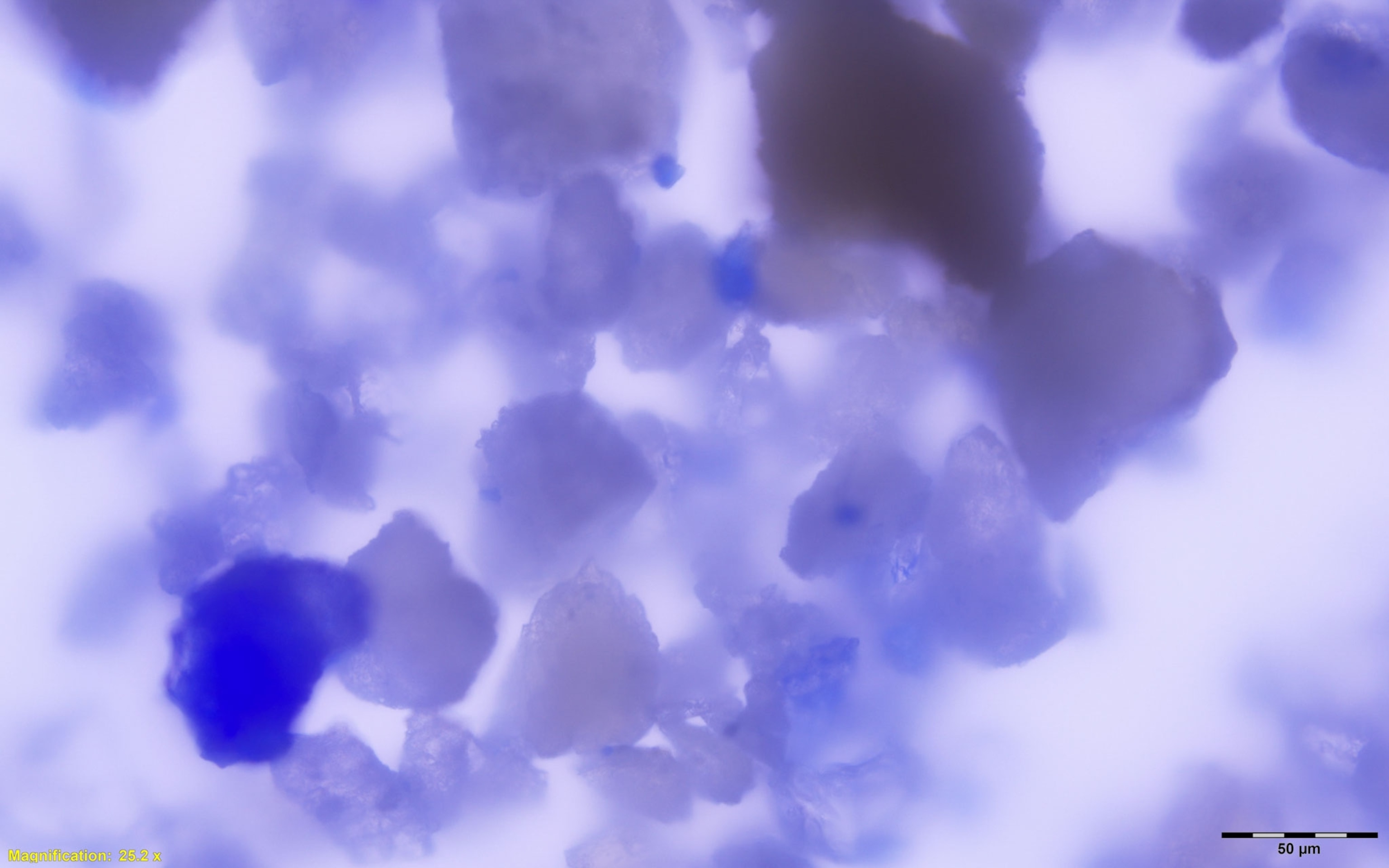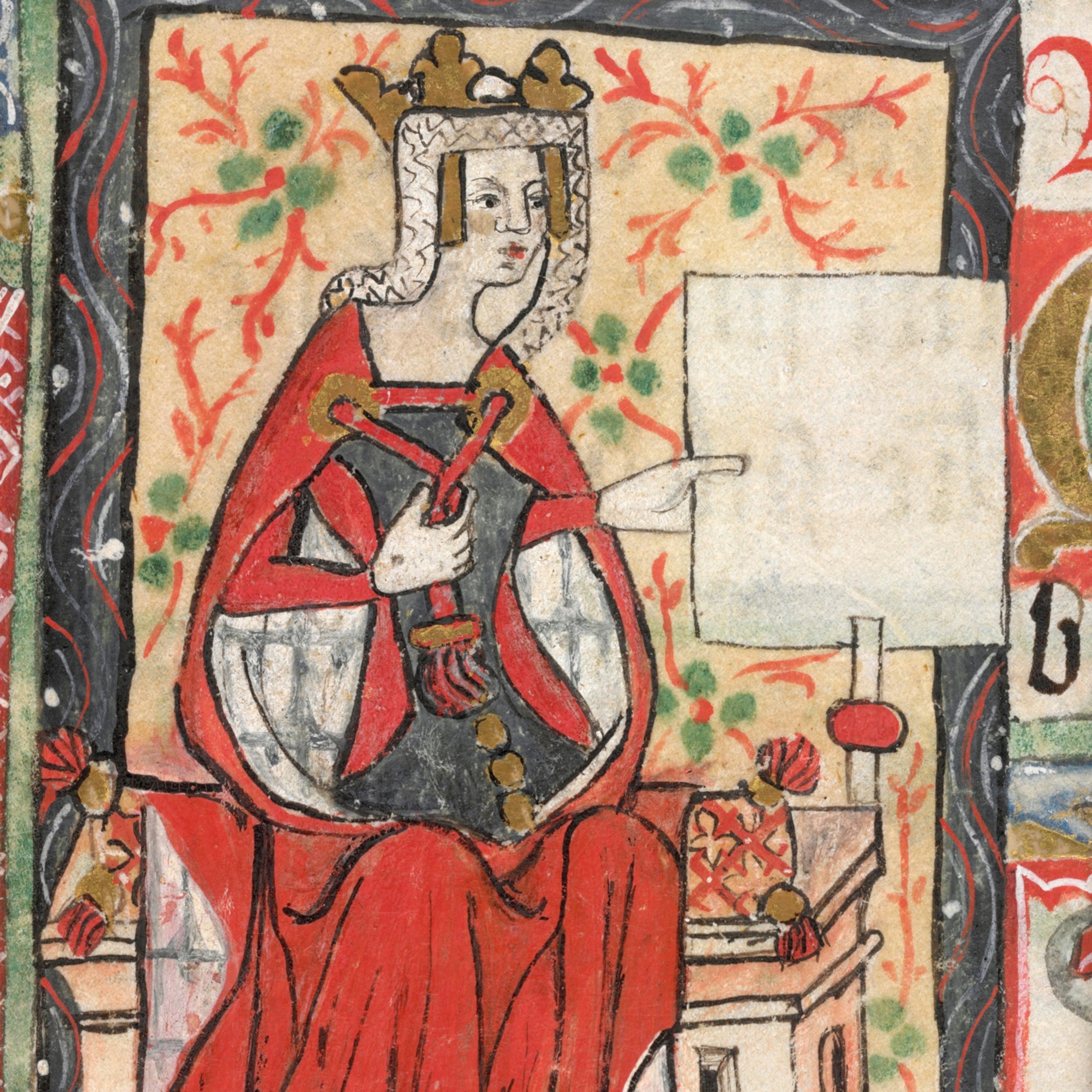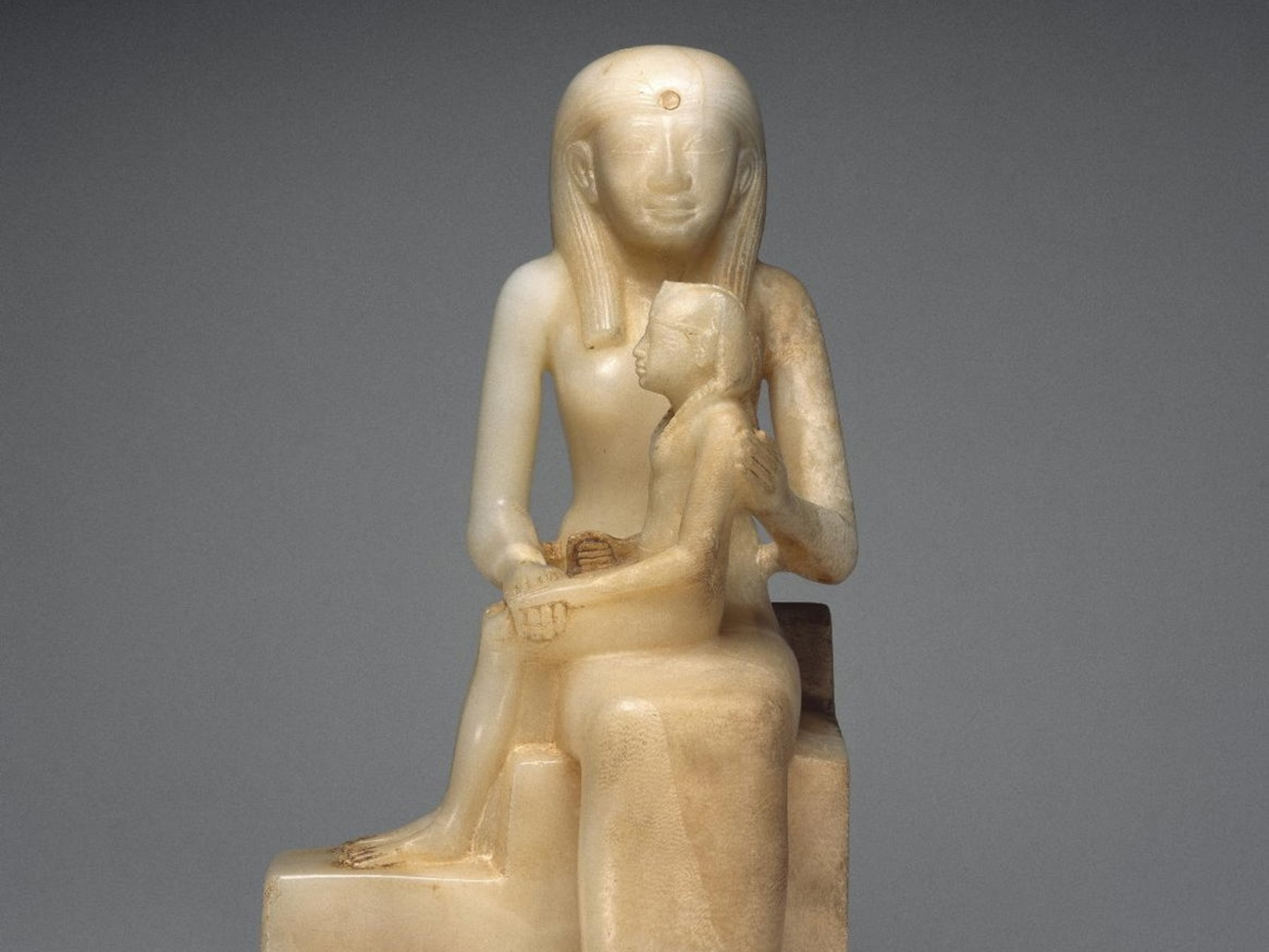In popular imagination, scribes and manuscript illuminators of the Middle Ages were men: Monks hard at work in candlelit scriptoria, busy copying the world’s knowledge onto parchment pages. “It’s always monks, monks, monks,” says Alison Beach, a historian at the Ohio State University. “When you imagine a medieval scribe, you picture a man.”
But a new discovery suggests that some of that work was done by women—and that female scribes and artists were highly skilled, highly regarded, and entrusted with some of the most expensive pigments available to 11th-century artists, according to a multidisciplinary team led by Christina Warinner, a paleogeneticist at Germany’s Max Planck Institute for the Science of Human History. The results of their study were published today in the journal Science Advances.
The evidence comes from the mouth of a skeleton found in a medieval cemetery in Dalheim, a small town near the German city of Mainz. As part of an effort to better understand diets and diseases affecting people in the past, archaeologists have begun to study the fossilized plaque that built up on people’s teeth in the days before dentistry. Also known as dental calculus, it traps and preserves DNA from bacteria in the mouth, along with traces of the things people ate and drank long ago.
Written Out of History
A grave labeled B78 contained the skeleton of a middle-aged woman who died around 1100 A.D. At first, the only thing that stood out about her remains was the lack of wear and tear on her bones, a sign she led a physically undemanding life.
When Warinner’s team took a close look at B78’s teeth, they were surprised. “The microscopist called me and said, ‘this woman’s calculus is full of blue particles,’” Warinner recalls. “I had never seen this color before in someone’s mouth—this bright, robin’s egg blue.”

The team then worked with chemists to figure out where the thousands of blue particles embedded in the woman’s hardened dental plaque came from. Extensive testing showed that the particles were the mineral lazurite, also known as the gemstone lapis lazuli.
In the Middle Ages, lapis lazuli could only be found in what is now Afghanistan. By the time the powdered stone reached central Europe through a complex trade network spanning thousands of miles, study co-author Beach says, it was worth more than its weight in gold. The vivid blue lapis pigment produced was so precious medieval artists and manuscript illuminators reserved it for the most important subjects—the Virgin Mary’s blue mantle, for example.
How this precious pigment wound up in the mouth of an 11th century German woman was more of a mystery. After ruling out a few other explanations for the lapis traces—perhaps the woman had kissed an image containing lapis as part of a devotional ritual, or engaged in “lapidary medicine,” a medieval practice of ingesting precious stones as curatives—the research team concluded that the blue pigment likely wound up in B78’s mouth as she licked her brush while painting.
Over time, it embedded itself in her dental calculus, where it was preserved for almost 1,000 years. (Anita Radini, the lead author on the research paper and a dental calculus expert at the University of York, even made lapis pigment in the lab and sampled her own saliva and lips to check her results.) “We could tell the person was exposed repeatedly to this dust. It was a repeated behavior, for sure,” Radini says. “This is the very first crafting evidence that we have.”
Precious lapis lazuli wouldn’t have been entrusted to just any artist. “The fact a woman is being given this pigment means she’s of the highest level, with a reputation for the art she does,” Beach says. “It’s the earliest physical evidence we have of women scribes.”

So how did medieval women artists like B78 get written out of history? Beach says there are written references to female scribes in the past. Yet when a book is anonymous, historians have traditionally assumed men produced it—and the vast majority of medieval books are unsigned.
“This suggests a lot of things that were unsigned were produced by women, or at least that that’s a possibility we should consider,” the historian adds.
A Holy Grail
Dental calculus, meanwhile, is growing fast as a source of archaeological information. One major advantage is that it’s drawn directly from the mouth of the deceased person, which can conclusively show what individuals ate, what they drank, or what they coughed up, rather than drawing inferences based on what was left in their graves or found in nearby settlements.
“Activity reconstruction from human skeletons is the holy grail of bioarchaeology, but it's very difficult to reconstruct activity from human bones,” says Efthymia Nikita, a bioarchaeologist at the Cyprus Institute in Nicosia, Cyprus who was not part of the research study. “The problem we have is all the methods we use are indirect.”
“By identifying different microparticles, we may be able to identify, at high resolution, specific activity,” she adds. “I don't know of any other studies where an artist was identified using skeletal remains.”
In the future, Radini says, the technique could be used to identify artists in the archaeological record, something that’s never been done before. And other professions—weavers or potters, for example—might be accurately identified by the plant fibers or clay dust embedded in their dental plaque, a more reliable source of evidence than looking for wear patterns on bones.
For now, the authors hope B78’s pigment-filled tooth plaque changes the way historians look at the role women played in shaping Western culture in the Middle Ages. “Not only did we identify lazurite in this backwater churchyard, but it’s in the mouth of a woman,” Warinner says. “It’s given us a window into the history of women at this time.”











